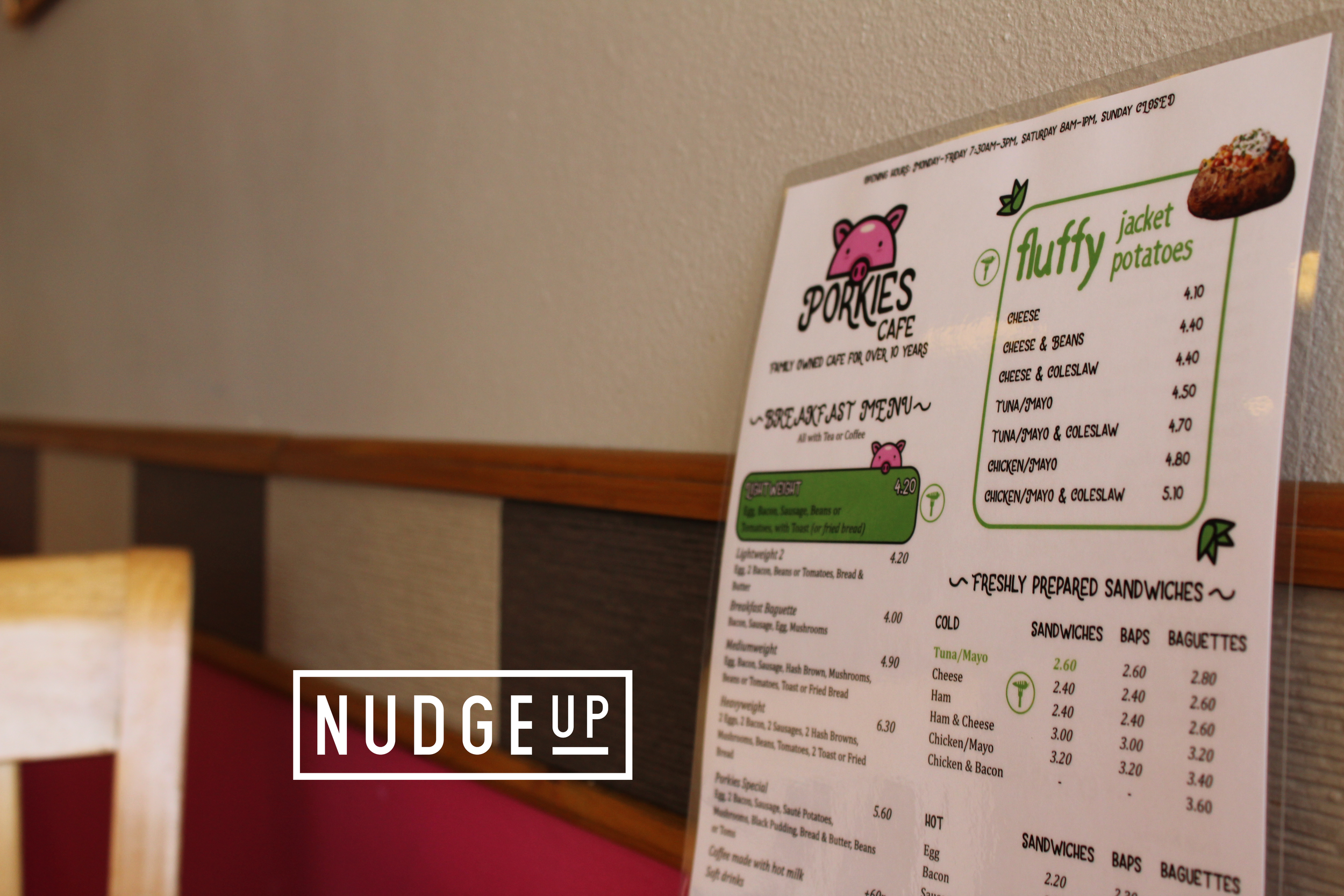Why employees need to become dancers: Understanding the overlaps of nudges and planned choreography
Behind all great pieces of choreography there is a great planner – piecing together routines and movements that, when put together, will produce an effective display of actions. Without an effective planner, there is no plan and consequently a poor display of choreography. This is where the overlap between choreography and behaviour change lies; and in fact, once you realise the significant similarities, you can see how you can utilise it's strengths to positively impact behaviour change.
Breaking the Status Quo
The Status Quo bias is our tendency to choose our current or preferred situation over a different one. It is the behavioural bias that makes us experience the little pulses of fear every time we are about to experience change.
In this blog we explore the Status Quo bias and how it hinders our decision-making.
The Starbuck's Paradox: The problem of too much choice
While it is a common assumption that the variety of options is what attracts people in making a choice, the overabundance of options may sometimes result in negative consequences.
The effects of too many options can lead to a lack of motivation to choose, increase in stress and anxiety and the potential for regret. This behavioural phenomenon is referred to as “choice overload”.
In this blog we explore the consequences of choice overload and how it effects us, as a consumer.
Employee Autonomy: Why business targets need to change
Anchors aweigh: Brain short-cuts
Cheese and Crackers: The two thinking systems
Our brain operates using two different systems of thinking: System 1 and System 2.
System 1 is our automatic system; quick to process information and requiring very little mental effort.
System 2 on the other hand is more rational and conscious.
We explore how these systems interact with each other and how our brain uses them to understand our world.








